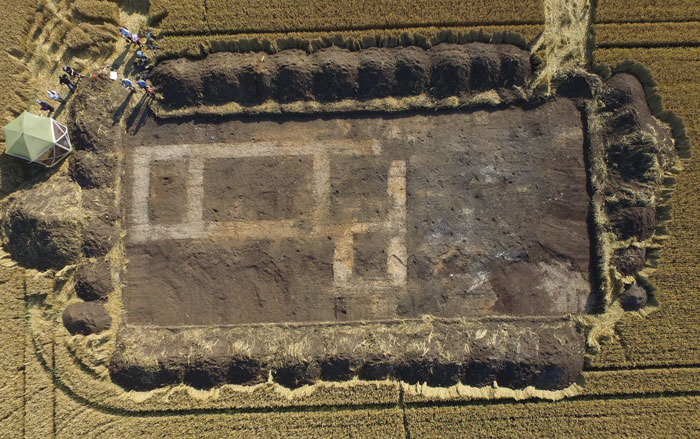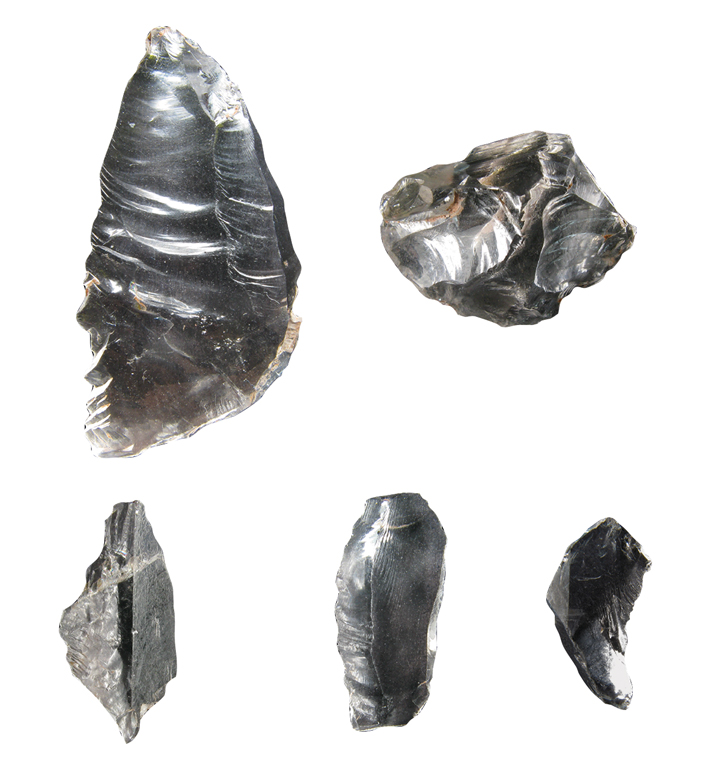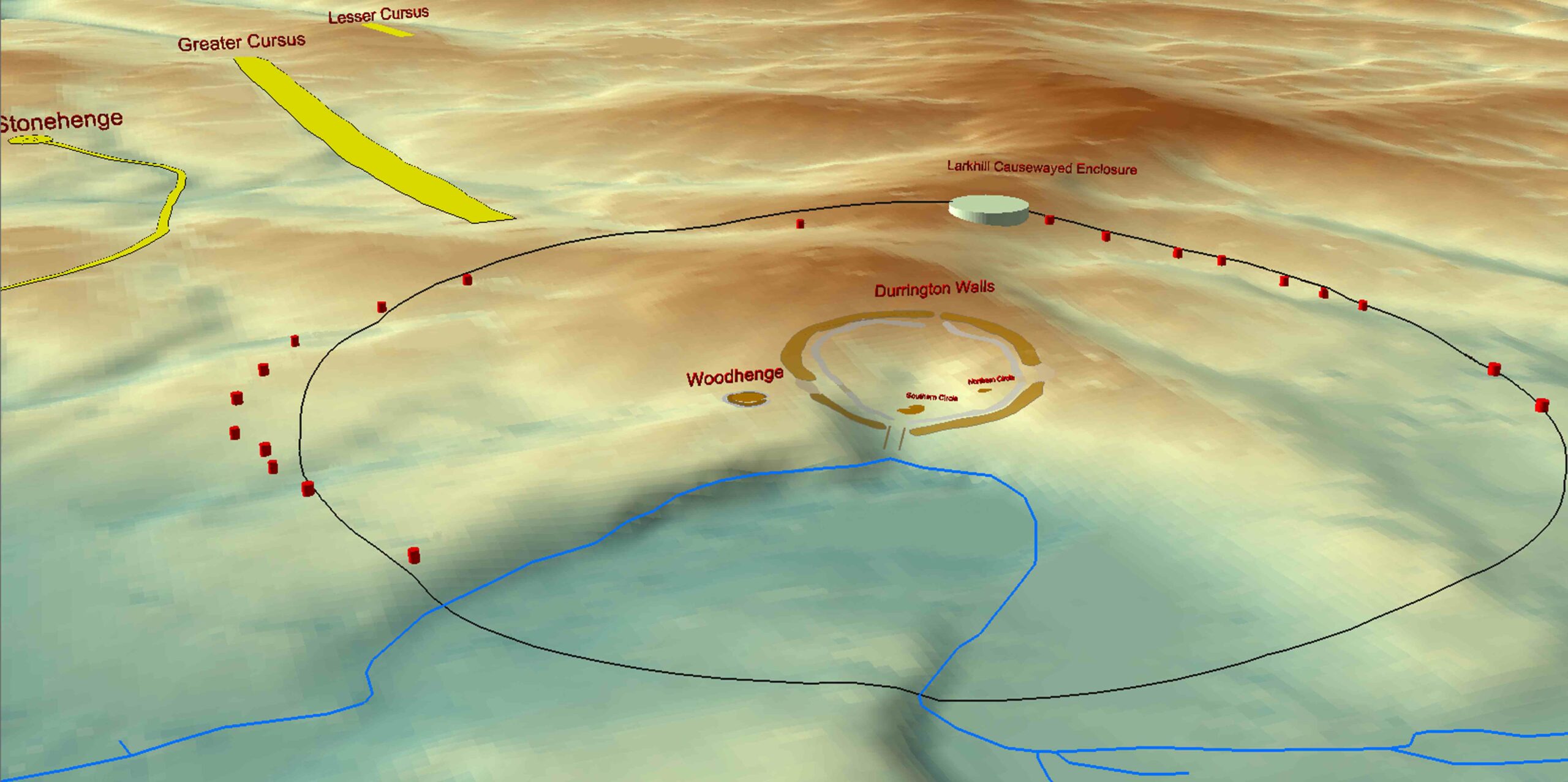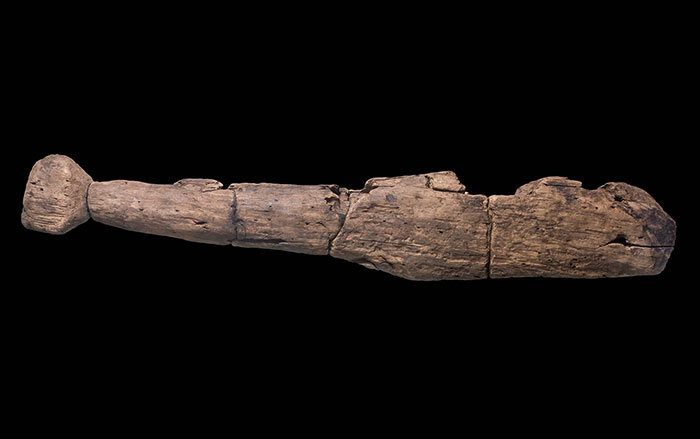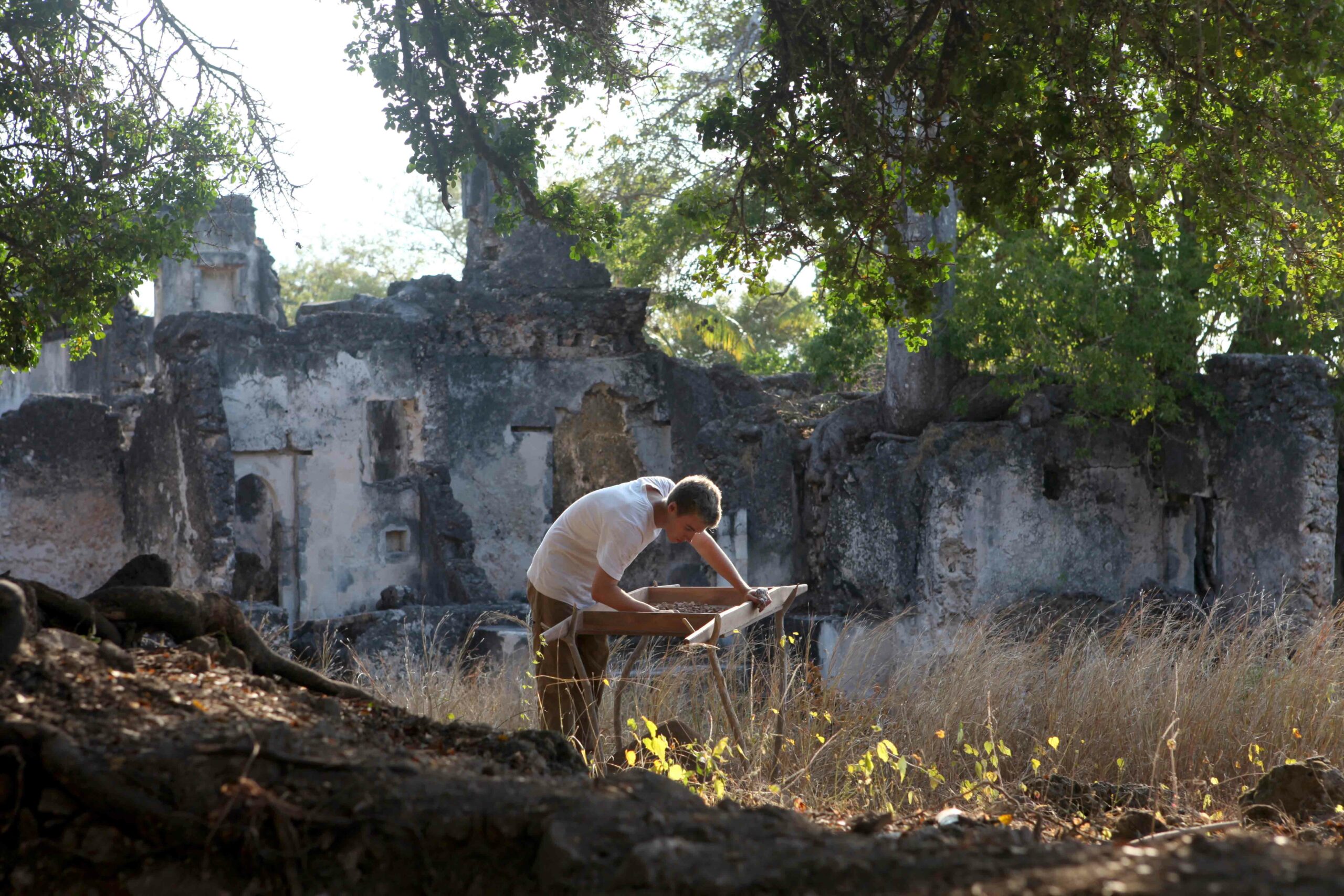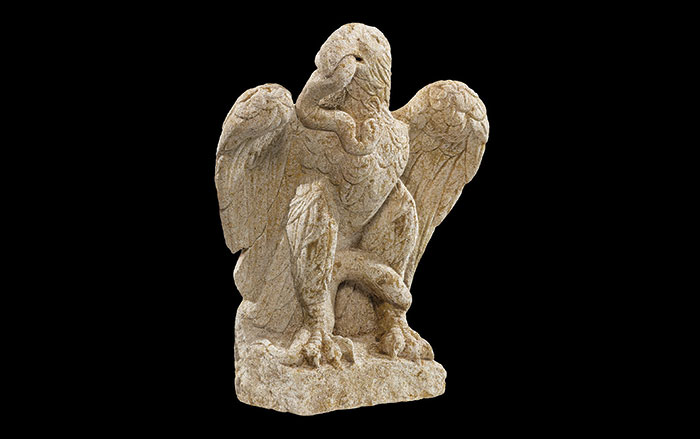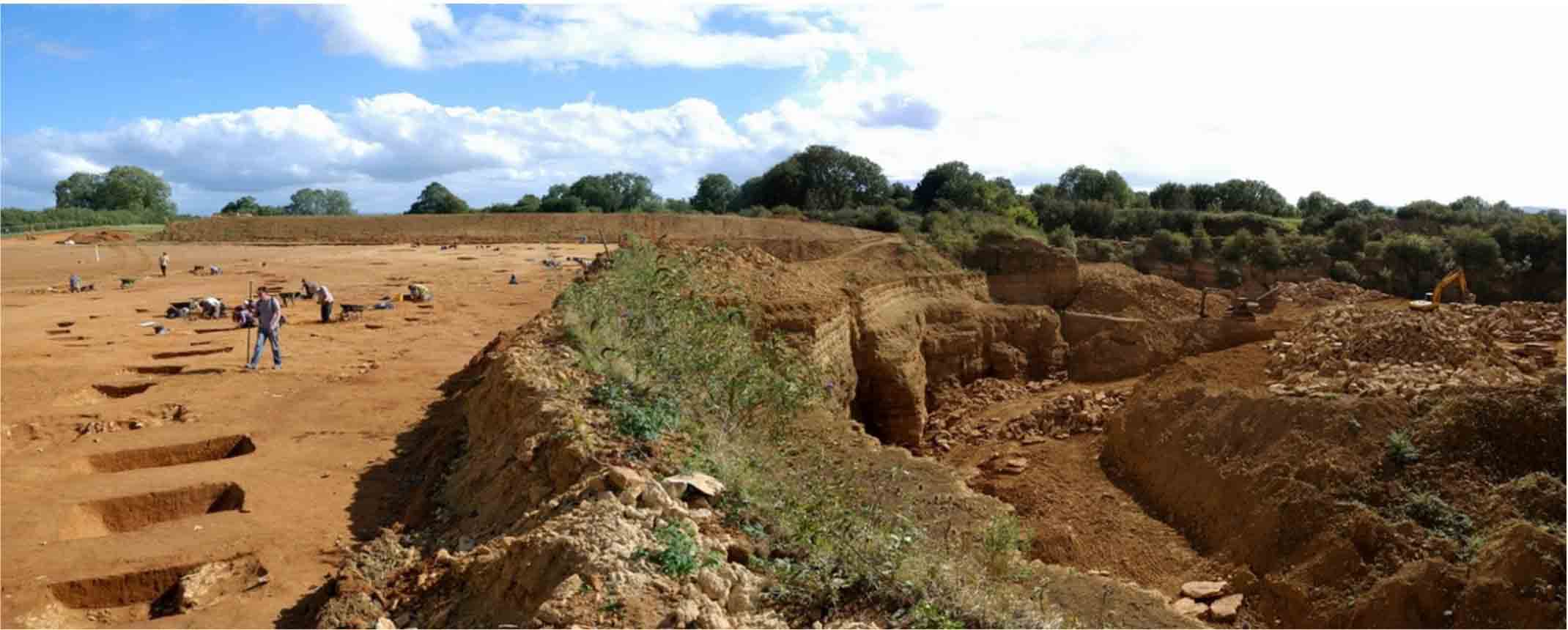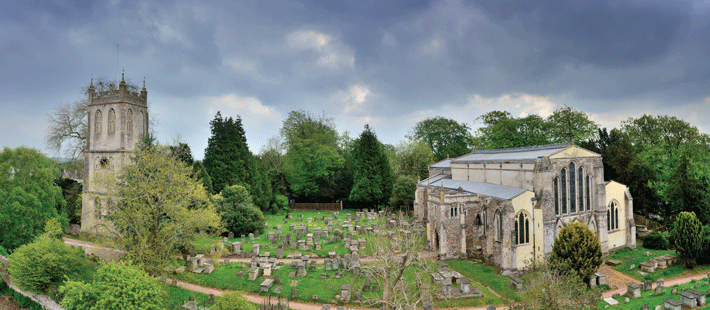
Within the rolling landscape of Gloucestershire in southwest England, at the edge of the sleepy town of Berkeley, is a hill that was for centuries one of England’s most desirable plots of land. A church, a castle, and a manor house with extensive gardens all jostle for space—testaments to the hill’s commanding view of the surrounding plains and its location at the highest navigable point of the River Severn, the longest in the United Kingdom. The setting, at once bucolic and strategic, has seen the whole of English history, from times of marginality and austerity to periods of great wealth and influence, from Neolithic hunters and a Roman temple to a kingdom of witches and Norman townhouses. Stuart Prior, an archaeologist at the University of Bristol, encouraged by this long history, commissioned a geophysical survey of the area in 2005 and has directed excavations every year since with his colleague Mark Horton. What they have found is some 6,000 years of English history—a history that shows just how much the island nation has been shaped by wave after wave of invaders.
The hill itself is asymmetrical, steeper on one side than the other. It is crowned by a stunning church, built in the twelfth century, but with earlier, Anglo-Saxon origins. Perched on the steeper slope is one of the grandest and most complete Norman castles still standing. And on the gentler side, there is a manor house surrounded by a typical English country garden that once belonged to Edward Jenner, eighteenth-century gentleman physician and pioneer of the smallpox vaccine. From the garden, a short uphill stroll leads to the castle, while a walk downhill leads into Berkeley.
In the garden today, the sweet smell of cow parsley drifts on the breeze and mingles with the pungent aroma of wild garlic. Pink cherry blossom petals rain down on a lush green lawn, and rosebuds promise glorious scents to come. But these sensual delights are not of much interest to Prior and his colleagues. Rather, the archaeologists are fascinated by the deeper geography—layers and deposits that reflect the social transitions that punctuate English history.
Historical records hint that the hill was an important location well before the Normans arrived in England in A.D. 1066 and subsequently built the castle and church. A previous renovation of the church, for example, turned up Roman tiles, a tantalizing hint. Ideally, Prior, Horton, and their team would have preferred to start their excavations at the top of the hill, around the church and its graveyard, but because digging in sacred ground was not possible, they opted to begin on the peripheries of the hill—in Jenner’s garden and, on the other side of the hill, in a paddock belonging to the castle.
With the potential for a deep, complex site below, entirely excavating several acres was never a possibility, so the geophysical surveys were critical in determining the best locations for trenches, each of which was carefully chosen to shine a pinpoint of light on the past. The early excavations confirmed that the site was indeed deep. From the disparate trenches—each like a piece in a three-dimensional puzzle—the archaeologists have succeeded in extrapolating the hill’s history and in developing a mental image of its belowground geography.
The deepest, oldest pieces, found at spots all over the site, include around 20 flint tools such as scrapers, piercers, and blades, dating to the Neolithic (4000 B.C.). “It would have been an obvious place for people to gather. It would have given them a 360-degree view, enabling them to spot herds of animals moving across the levels below,” explains Peter Twinn, the project’s small-finds expert.
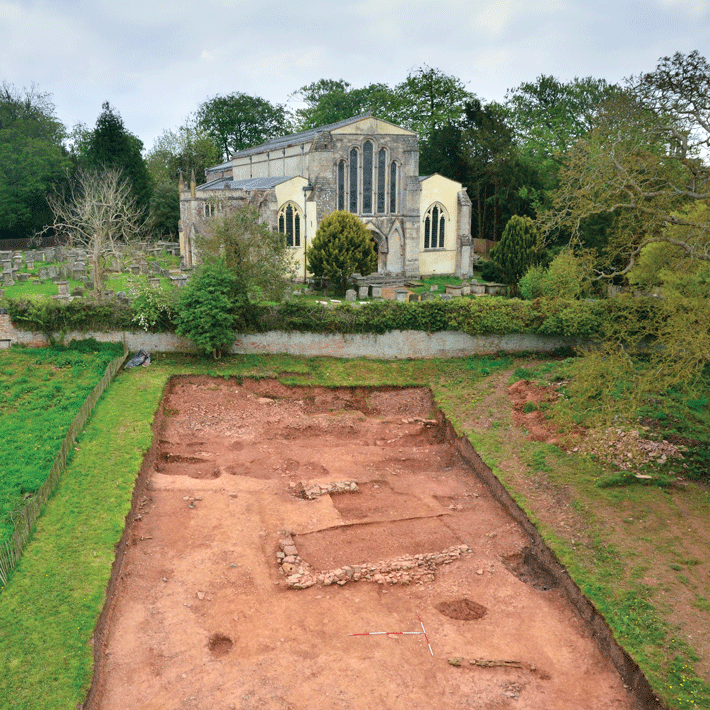
The oldest significant features uncovered so far reveal a Roman presence at the site. A ten-foot-wide Roman track advances across the middle of the paddock trench near the castle, made of compacted small stones, complete with ruts from rumbling cartwheels. A Roman spoon handle, found wedged between stones, clearly dates it.

On the other side of the hill, in Jenner’s garden, a large assemblage of Roman pottery has emerged, including a strainer and sherds from a mortaria (a bowl to crush herbs and spices) found in 2013. The team is almost certain that there must be a Roman building somewhere on the hill. Siân Thomas, site supervisor at the paddock trench, thinks the domestic pottery points to the existence of a Roman villa, but Twinn has another theory.
In the paddock, some spectacular Roman metalwork has been found, including a bronze knife or scalpel, jewelery, tweezers, and around 40 Roman coins (dating to the third and fourth centuries A.D.). Twinn thinks the medical implements and coins may be associated with a Roman temple, and sees many parallels between this site and Lydney—a Roman temple site on the opposite bank of the river. “Like Lydney, this site lies on a promontory, facing down the River Severn, and is close to the Roman road network. The Severn bore [a swift tidal wave that occurs during the highest tides, several times a year] starts around this point on the Severn, and it would have been considered a phenomenal event at that time,” says Twinn.
Temple or villa, chances are that the Romans were drawn to the top of the hill. The foundation of some structure likely lies under the church, where the tell-tale Roman tile was found, or perhaps, as Prior thinks, it may lie under Jenner’s house.
Regardless of where the building is and what these well-to-do Romans were doing here, they departed toward the end of the fourth century, when the Roman occupation of Britain ended. In the garden, two skeletons that date to this turbulent period have emerged. The first, discovered in 2011, was male, and the second, discovered at the end of the 2013 field season, was female. They were buried around 20 feet apart and both aligned east to west. “Neither of the graves had grave goods, suggesting that these were not high-status people,” says Emily Glass, site supervisor in the Jenner garden.

The next occupants of the hill came from the other side of society and were probably very wealthy indeed. From the paddock trench has emerged a rare coin known as a “primary sceat.” Roughly the same size as a dime, the silver coin, which dates to A.D. 670, is an imperfect circle with a raised pattern hammered onto its surface. It provides evidence of how British society was rebuilt after the austere times following the Roman period, which is also when the Saxons and other Germanic tribes migrated from the continent to the island. “This represents the return of coinage to Britain after the Romans had left, a form of portable wealth that began to replace the barter economy,” says Twinn. Five “continental sceats” have also emerged, dating from A.D. 710 to 740, revealing trade with regions in Germany, Denmark, and the Netherlands. “Only very wealthy and influential people would have carried coins like these, so it is a strong indicator of the kind of people coming here at this time,” says Twinn.
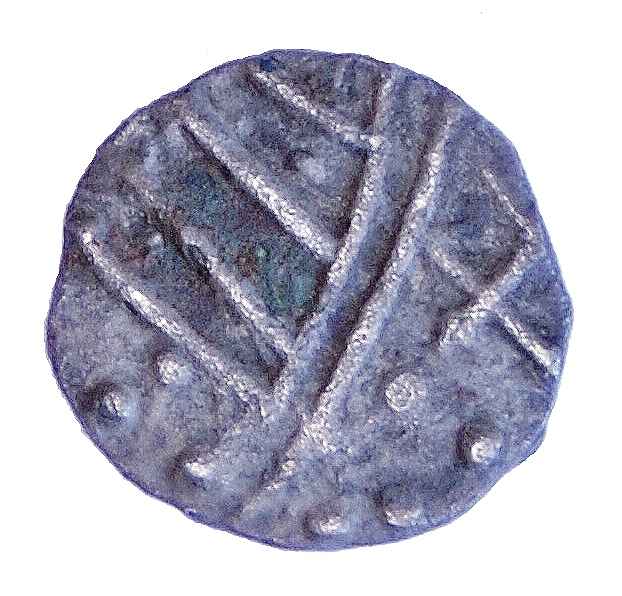 a.d. 670 and represents the return of coinage to Britain after the end of the Roman occupation. " data-image-credit="(Courtesy Peter Twinn)">
a.d. 670 and represents the return of coinage to Britain after the end of the Roman occupation. " data-image-credit="(Courtesy Peter Twinn)">So what were these high-status Saxons doing? The excavations have confirmed that Berkeley was home to one of a handful of “minsters” in England. Minsters were forerunners of what we know today as monasteries and also served as a kind of exclusive club for wealthy Christians. The hilltop was a good place for one of these Christian strongholds, likely for the same reasons the Romans had settled there—it is well connected by the River Severn and is defensible. At the time, these powerful Christian communities both resurrected the religion, which had largely left the island with the Romans, and helped return order through the formation of parish churches.
Two powerful Christian brothers, Eanhere and Eanfrith, who ruled the large neighboring kingdom of Mercia, annexed Berkley from the Kingdom of Hwicce (which translates as the “kingdom of witches”) by A.D. 628. Historical records indicate the powerful brothers founded the minster and recruited other wealthy men and women to join. “Joining a minster was a way of showing allegiance with the saints who journeyed over from Ireland and the continent, and brought significant trading advantages,” explains Prior, who estimates that the minster housed around 200 people at its peak.
For these wealthy Christian folk, the minster was a safe haven. “You have to remember that this was a time when people were highly superstitious and believed in Tolkien-like legends, of monsters and beasts hiding in the forests,” says Prior. Outside the minster boundary lived the “heathens,” who worshipped their many gods.
The archaeologists have uncovered a ditch marking the minster boundary (an area of approximately five acres, encompassing the entire hilltop), and internal ditches dividing sacred from secular land. Inside the sacred area (at the top of the hill, where the church stands today) there may have been as many as four churches, for the worship of different saints. And, unusually, this was a “double house minster,” meaning that it housed both men and women (separately), with the men saying Mass for the women.
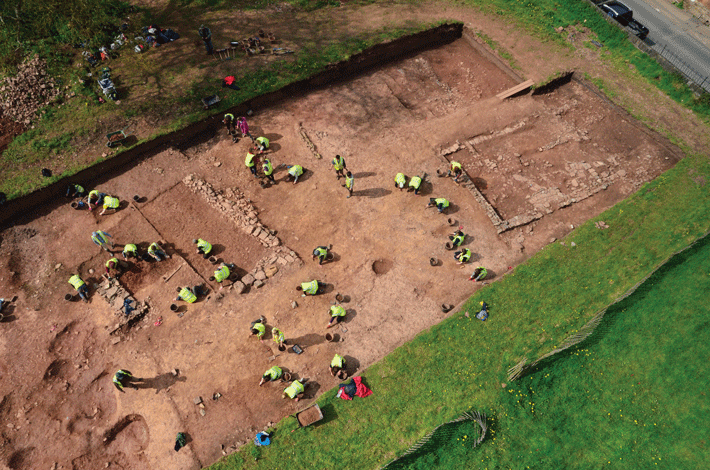
On the secular side of the ditch, in the paddock, the team has uncovered the foundations of a Saxon building from that period, surrounded by unusual artifacts that hint at its function. In particular, an unfinished bronze “strap end” (the metal attached to the end of a woven belt, to make the strap pass through a buckle easily) has been found, as well as a wet-stone pendant and what is believed to be an aestel (an ornate page-turner), both of which are connected with literacy. “These artifacts suggests metalworking and the production of manuscripts on the site,” says Prior.
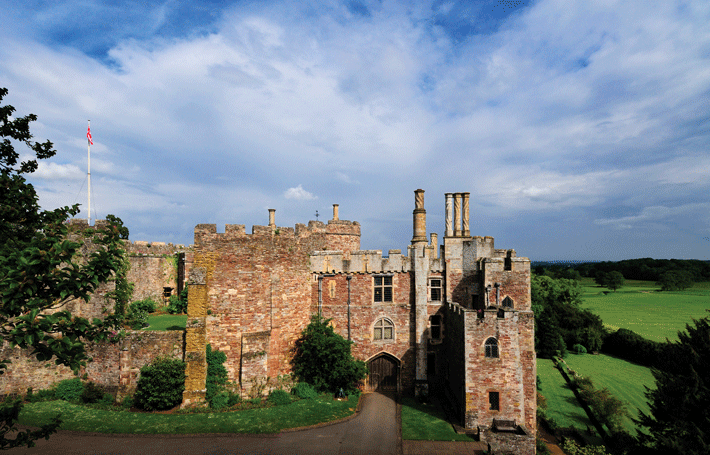
Meanwhile, other spectacular Saxon finds have emerged from a medieval cesspit uncovered in the corner of the paddock trench: the top of an eighth- to ninth-century bronze knife handle with exquisite blue glass and enamel inlay, some Viking jewelry, a jet ring, a bone gaming piece, and some beads. The splendor of these items further shows that the minster community sheltered some of the wealthiest and most powerful people in the country, including women of high status and those with strong trading links with the continent.
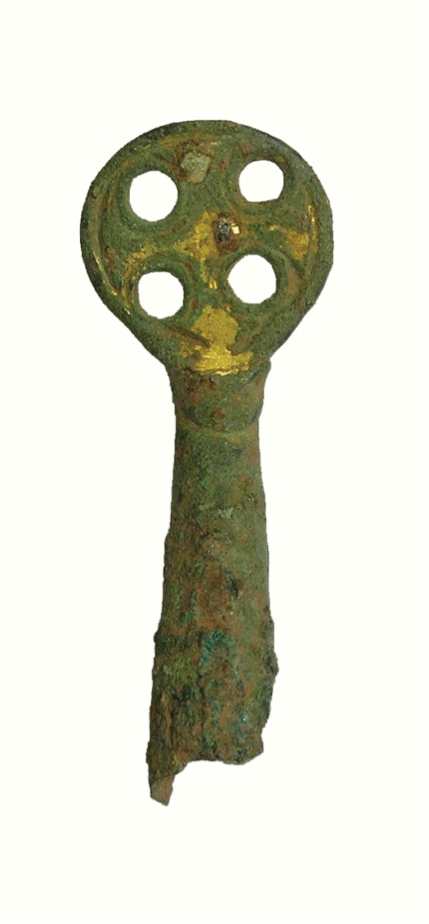
While it is true that the hill was desirable real estate in part because it was defensible, only so much could be done when the Vikings began to arrive in numbers. “We know that in A.D. 910 and 911, the Vikings sailed a fleet up the Severn, and Berkeley would certainly have been a target,” says Prior. By the mid-tenth century, the Viking raids appear to have taken their toll and the minster had gone into decline.
Then, on October 14, 1066, life in England completely changed, overnight. William the Conqueror defeated Harold Godwinson (the last Anglo-Saxon king) at Hastings, and Britain entered the era of the Normans. Like the Saxons, the Normans came from the continent, in this case France, though they were descended from Vikings and Germanic peoples.
William’s influence reached Berkeley rapidly, and within a few years of the conquest, the large Norman castle had been constructed of earth and timber on the steeper side of the hill. In 1154, the castle was rebuilt in stone, requiring tremendous amounts of mortar. In 2013, Prior and his team uncovered a feature in the Jenner garden that they think was used to make this mortar on an industrial scale. The shallow, bowl-shaped object is itself made from mortar and measures some six feet in diameter. “It probably contained paddles to mix the cement, which would have been pushed around by people walking around the outside,” says Glass.
Normans, as conquerors who succeeded the Anglo-Saxons as England’s ruling class, built castles pretty much wherever they liked, but at Berkeley, they did not build on the desirable top of the hill, which was already occupied by the minster. “Evidently there was still a very powerful ecclesiastical authority here, strong enough to prevent [a castle] being built on top of the hill,” says Prior.
Though the arrival of the Normans did not appear to uproot religious life on the hilltop, it brought large social changes to the communities on the hill’s flanks. In the paddock trench, Prior and his team have uncovered a Norman house. Measuring around 15 feet by 30 feet, the house is clearly divided into rooms and contains a hearth stone where a brazier would have stood—all signs that it was an ordinary domestic dwelling. A recent ground-penetrating radar survey suggests that this Norman house was just one of a row of similar houses—part of the “new town” of Berkeley. The communal life of the minster was giving way to Norman class hierarchy.
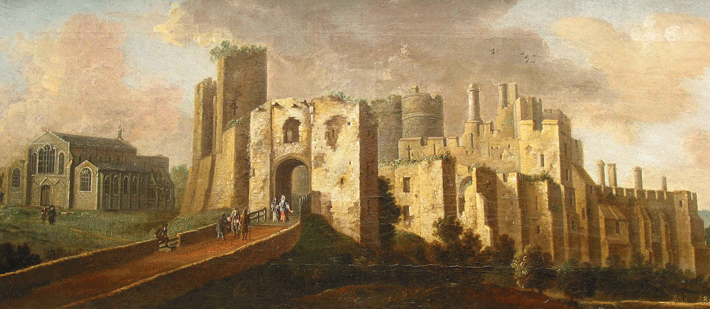
During the minster’s heyday, the wealthy Anglo-Saxon settlement employed an egalitarian, communal social structure in which hard work could be rewarded with increased privilege. But with the Norman conquest, the village was transformed into a small, centrally controlled town, where people lived in similar houses and paid taxes to a higher authority. A class hierarchy was established and has remained, almost to the present. “What we are seeing is a reduction in social mobility and a crystallizing of the class system,” says Prior.
Today, Berkeley is such a sleepy setting that it is hard to imagine that this little hill played a role in so many major shifts in England’s political and social history over thousands of years. By Jenner’s day, that power had begun to wane, and Jenner himself benefited from the peaceful ambience to conduct his own life-changing work—work that might also be represented in the hill’s archaeology.

As a young physician, Jenner was intrigued by folklore that stated that dairymaids who caught cowpox could not catch smallpox, a feared disease that killed between 10 and 20 percent of the population. His experiments with cowpox—involving the eight-year-old son of his gardener—gave birth to the smallpox vaccine. He would later vaccinate the poor of the district, at no charge, in his deluxe shed in the garden, known as the “Temple of Vaccina.” The garden was, in part, his inspiration, and observation of it (including experiments where he fertilized the vegetation with blood) might have influenced his research. In the garden itself, near the Temple of Vaccina, Prior and his team have uncovered, along with numerous clay pipe stems and medicine bottles, the remains of a dissected dog. “We know that Jenner had a number of dogs, so the likelihood is that it was one of his own dogs, which he decided to dissect after it died,” says Prior.
So what might Jenner have thought to see a bunch of archaeologists digging up his lawn? “Jenner was a great naturalist and experimenter,” says Prior. “I think he would have approved of our excavations and been fascinated to know that beneath his garden was all this history.”



